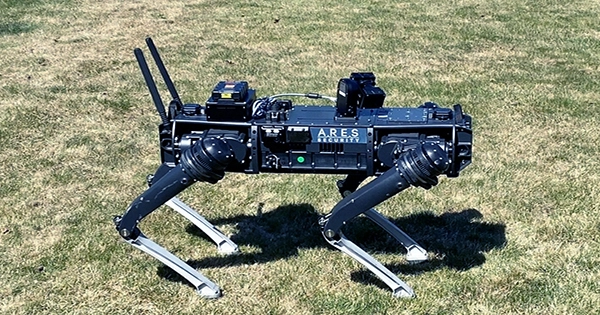An AI accelerator is a high-performance parallel computation machine that is specifically designed for the efficient processing of AI workloads such as neural networks. It is a type of specialized hardware accelerator or computer system designed to accelerate artificial intelligence and machine learning applications such as artificial neural networks and machine vision.
Algorithms for robotics, the internet of things, and other data-intensive or sensor-driven tasks are common applications. They are frequently manycore designs that focus on low-precision arithmetic, novel dataflow architectures, or in-memory computing capability. As of 2018, a typical AI integrated circuit chip contains billions of MOSFET transistors. There are several vendor-specific terms for devices in this category, and it is a new technology with no dominant design.
Traditionally, computer scientists focused on developing algorithmic approaches that were tailored to specific problems and implemented in a high-level procedural language. Some algorithms could be threaded to take advantage of available hardware; however, massive parallelism was difficult to achieve due to the implications of Amdahl’s Law.

The industry’s main workhorses for executing software, standardized Instruction Set Architectures (ISA), are unsuitable for this approach. AI accelerators, on the other hand, have emerged to provide the processing power and energy efficiency required to enable our world of abundant-data computing.
How does it work –
Currently, there are two distinct AI accelerator markets: data centers and edge computing. Massively scalable compute architectures are required in data centers, particularly hyperscale data centers. The chip industry is investing heavily in this space. Cerebras, for example, is credited with developing the Wafer-Scale Engine (WSE), the largest chip ever built for deep-learning systems. The WSE can support AI research at significantly faster speeds and scalability than traditional architectures by providing more compute, memory, and communication bandwidth.
The edge is the opposite end of the spectrum. Because intelligence is distributed at the network’s edge rather than a more central location, energy efficiency is critical, and real estate is limited. AI accelerator IP is integrated into edge SoC devices, which, no matter how small, provide the near-instantaneous results required for, say, interactive apps on smartphones or industrial robotics.
















